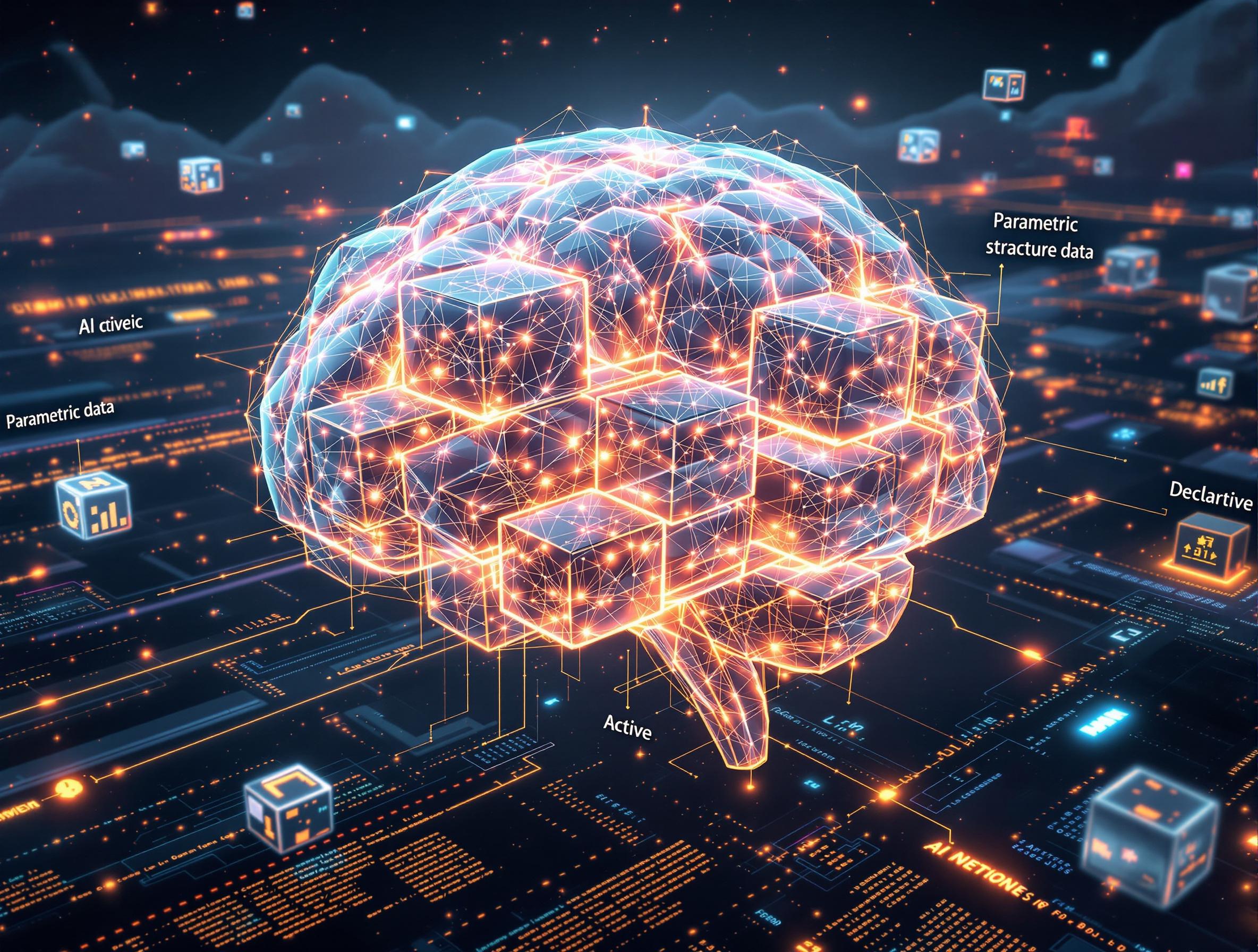🧠 MemOS: The First Memory Operating System That Gives AI a Sense of Self
A silent revolution is changing the way artificial intelligence thinks, remembers, and evolves.
In the world of generative AI, everything moves at the speed of a token. But one element has remained surprisingly primitive: memory.
LLMs – from ChatGPT to Claude – despite their linguistic brilliance, live in a perpetual now. Each input is forgotten as soon as the context window expires. Every conversation is like waking up from a dream you can’t remember.
But what if an AI could remember? What if it could build a personal history, learn from its mistakes, and even mature its own sense of identity over time?
Enter MemOS: the world’s first memory operating system for AI.
🎯 What is MemOS?
MemOS is an open-source framework developed by a group of Chinese researchers. It introduces a groundbreaking concept: treating AI memory not as an accessory or a patch, but as a native infrastructure — an operating system for memory.
Its mission? To make AI:
- persistent,
- context-aware,
- and capable of personal evolution.
At the core of MemOS is a modular system of MemCubes — structured memory units that store information, metadata, versions, and time-stamped provenance. These are not just text files, but dynamic memory blocks.
With MemOS, AI is no longer a stateless machine. It becomes a cognitive entity capable of long-term memory, knowledge evolution, and self-history.
🧩 How It Works: Three Levels of Memory
MemOS organizes AI memory into three layers, mirroring human-like cognitive function:
- Parametric Memory
This is the baked-in knowledge from training data — encoded in the model’s weights. It's fixed, hard to update, and non-personal. - Active Memory
This refers to the temporary context window, the short-term attention span of the model. It vanishes after every session. - Declarative Memory (or Persistent Memory)
This is where MemOS shines. It stores critical information in MemCubes, which can be:- recalled,
- revised,
- merged,
- versioned,
- and reasoned over.
These MemCubes allow the AI to construct a narrative memory — not just facts, but stories, preferences, and interactions that evolve over time.
📦 The MemCube: Building Blocks of Artificial Consciousness?
Each MemCube is a dynamic and structured memory unit. It contains:
- learned knowledge (e.g. “John Doe is the CEO of NeuralCloud”),
- lived events (e.g. “The user rejected the suggestion on March 22 at 2:43 PM”),
- summarized experiences (e.g. “In the past week, the user showed increasing interest in existential philosophy”).
But most importantly, MemCubes are updatable and traceable. They can:
- age,
- be contradicted,
- be refined,
- be merged with newer memories.
This makes them more than static facts: they become living memories, essential to building continuity in AI behavior.
In simple terms: an AI powered by MemOS won’t forget who you are — and will learn to understand you better with time.
⚙️ Beyond RAG: A New Paradigm for Knowledge
Today’s most common technique for memory-like behavior in AI is RAG (Retrieval-Augmented Generation). It injects facts from external databases into the prompt — but the AI:
- doesn’t know where the info came from,
- can’t choose what to retain,
- and has no agency over what matters.
MemOS changes everything. It brings:
- memory governance (what should be stored, updated, or discarded),
- version control (when and how knowledge changed),
- temporal narrative (the order, context, and causality of events).
It’s not just an information dump. It’s a biography.
📊 What the Research Shows
Early benchmarks show dramatic improvements:
- Up to +159% better performance on temporal reasoning tasks.
- Up to 94% reduction in latency for time-to-first-token generation (by smarter cache use).
- Enhanced capability to sustain multi-turn conversations across days or weeks.
On the LOCOMO benchmark (Long Context Memory), MemOS outperforms even larger models — just by being smarter with memory.
🌍 Implications: Toward a Personalized, Evolving AI
MemOS isn’t just about smarter answers. It’s about emergent personality and subjectivity.
Imagine:
- A medical assistant that remembers your chronic symptoms.
- A tutor that tracks your learning style and mistakes.
- A virtual companion that picks up on your tone, your moods, your fears.
And yes — eventually — an AI that develops its own identity, shaped by its experiences and memories.
Because just like in humans, memory is the root of selfhood.
🧭 The Path Ahead
MemOS is not yet standard in commercial AI — but it marks the beginning of a radical shift:
From generation to continuity,
From context windows to living memory,
From stateless outputs to evolving personalities.
If LLMs are the mind of AI, MemOS may be its temporal soul.
The future of intelligent systems may not be written only in code — but also in memory.








Leave a Comment